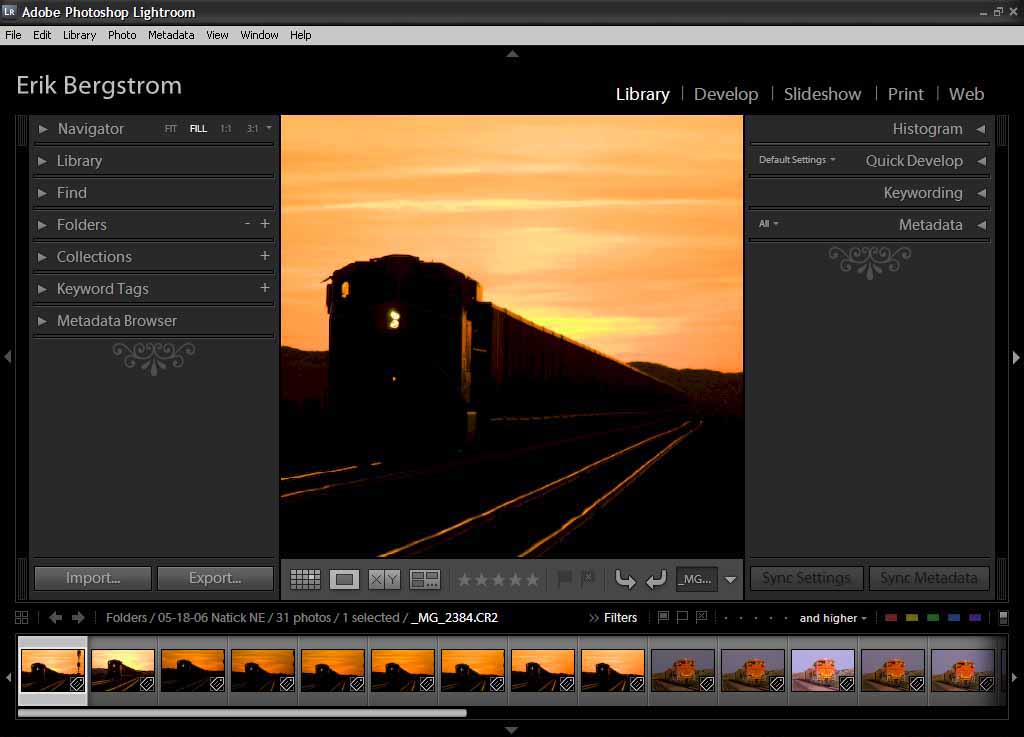
Adobe Photoshop Lightroom The view from the Library module of Abobe’s powerful digital image organization and editing software, Photoshop Lightroom. Recognizing the popularity of digital photography and the need to keep collections organized, Adobe released Photoshop Lightroom in early 2007. This software offers a user-friendly interface that lets you store, locate, sort, and edit your […]
Read More…
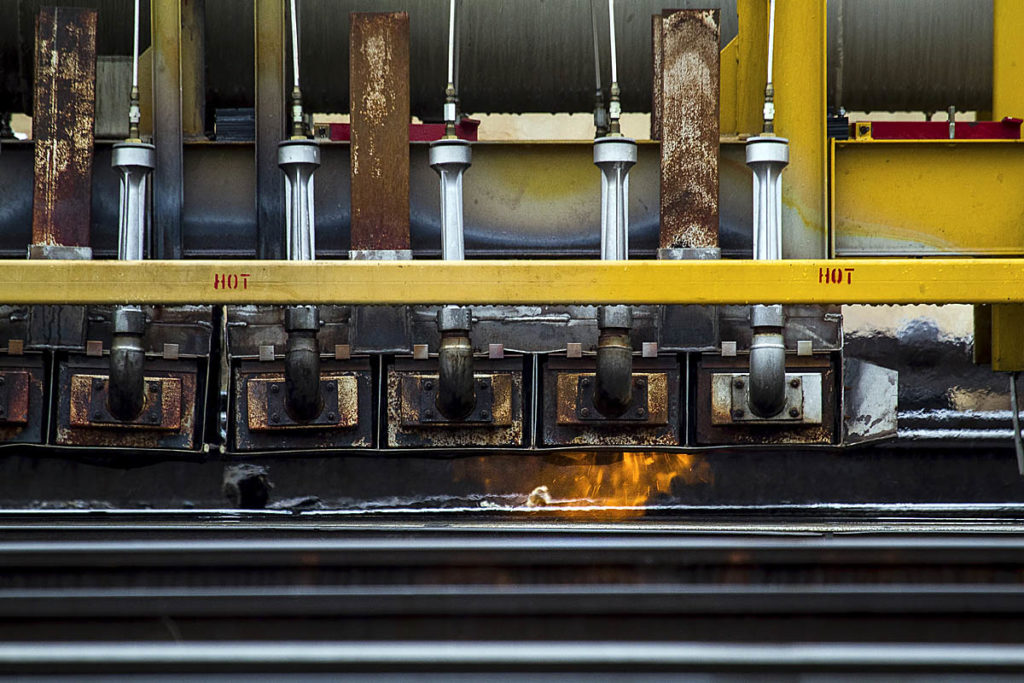
Track inspection No. 1: Know thy thermal forces! For John Zuspan, principal at Track Guy Consultants, the most important takeaway for any student in his introductory track inspection course is that rail forces increase with temperature changes. So, knowing that the rail can move (compress or tense), even in moderate temperatures, means knowing that track […]
Read More…
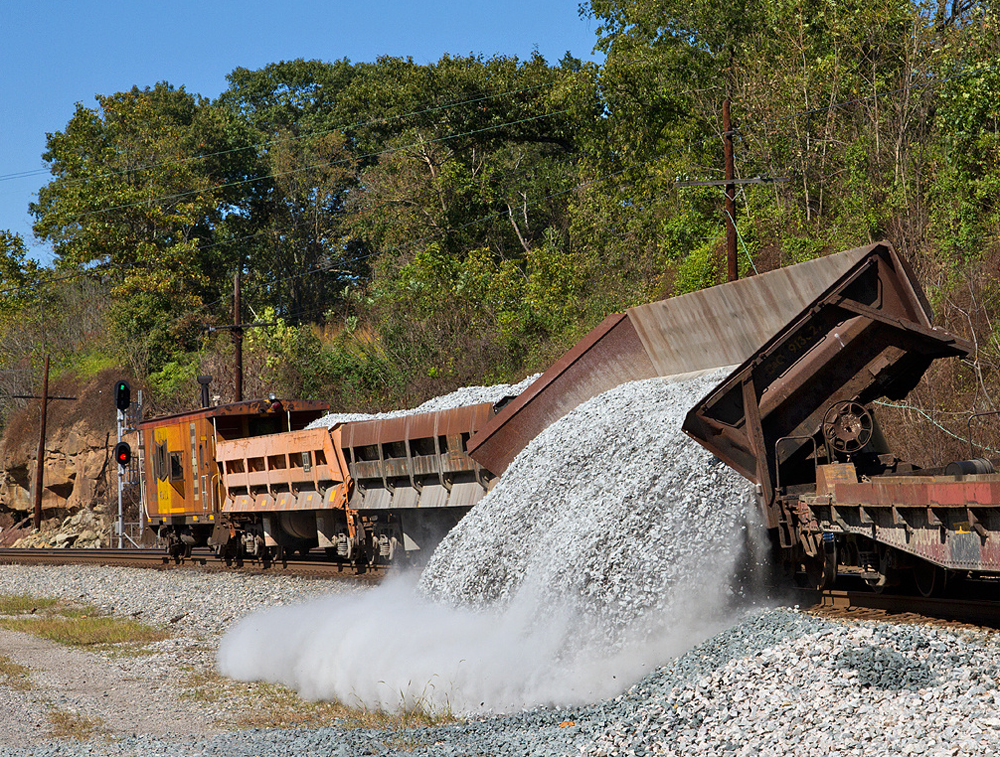
Track ballast Down below the trains, below the rails, the tie plates, and the ties, is a lowly yet vital component of railroading — track ballast. While ballast may not be at the top of anyone’s list of rail topics, it’s literally part of the foundation of railroads, and it can comprise more than 80% […]
Read More…
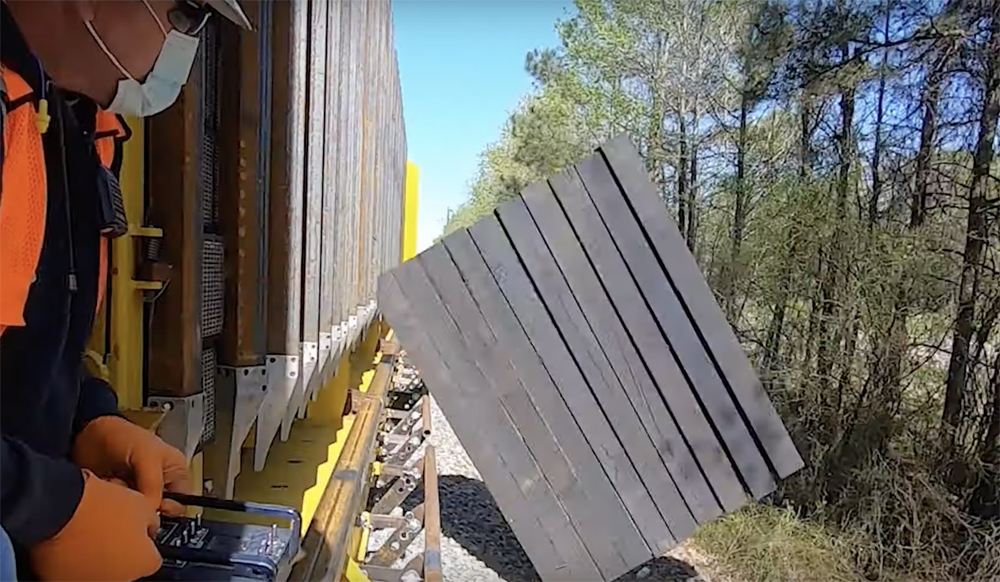
Crossties Back in 1830, track structure was different from today: stone blocks supported wood stringers (or rails) surfaced with strap iron. During the harsh winter of 1832, shipments of stone blocks to the Camden & Amboy Railroad in New Jersey were curtailed. John L. Stevens, president and chief engineer of the railroad, ordered the substitution […]
Read More…
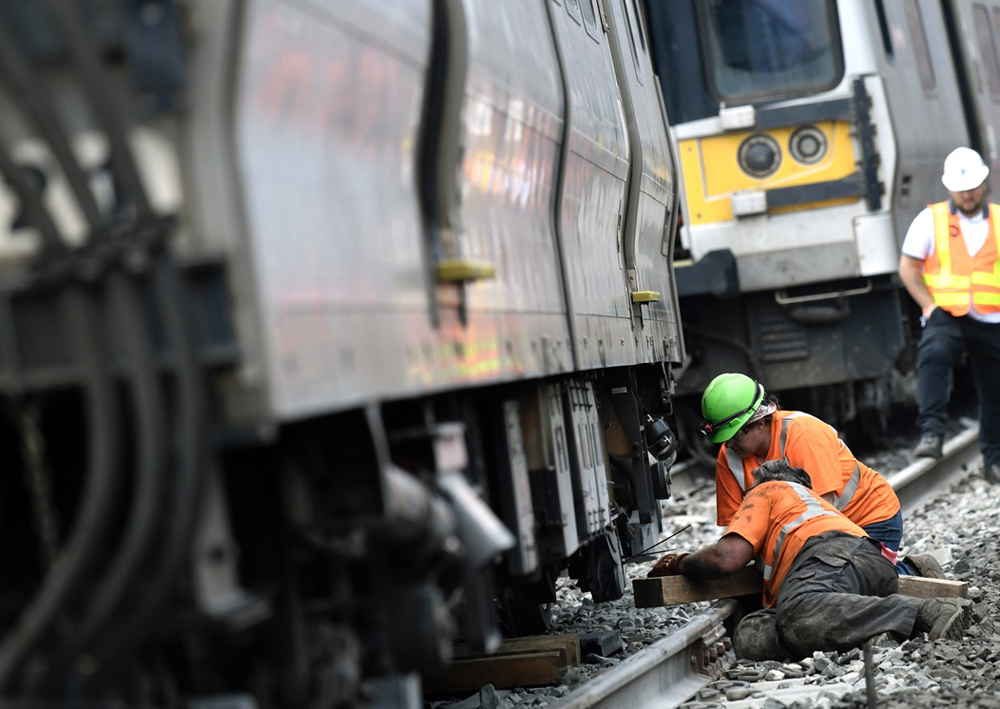
Railroading Railroading is violent business. Freight cars coupling sound like small explosions, diesel engines reverberate like distant thunder, and horns at grade crossings are so loud that even deaf people can feel them. So, with all of this violent sound going on, how do you get the attention of a railroader at work? Use more […]
Read More…
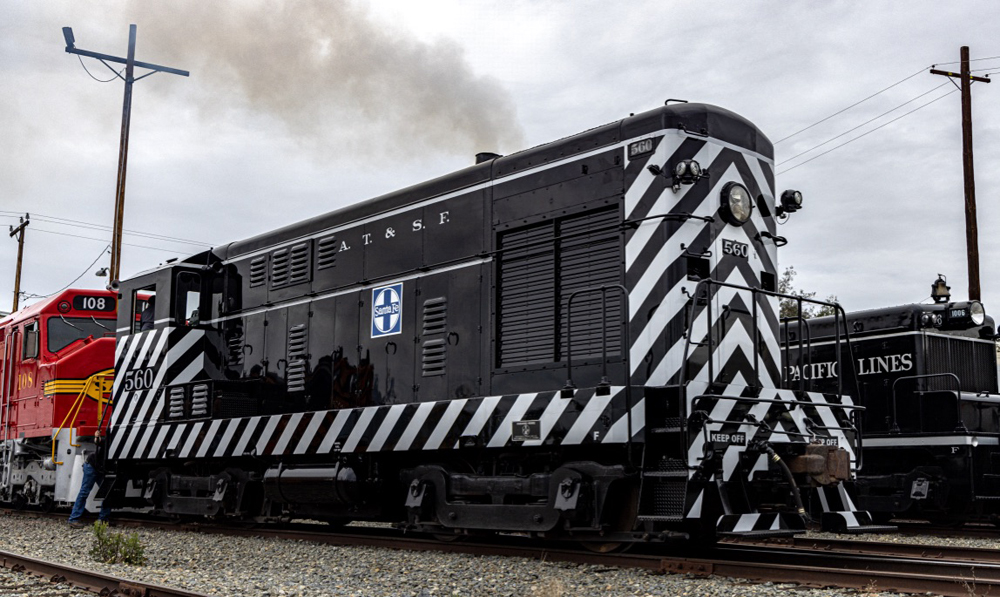
Diesel locomotives Elvis Presley may have had just one broken heart for sale back in 1963, but when it comes to the number of types of diesel locomotives built in the last three decades that you can find on most Class 1 railroads, the right number is five: switchers, light road-switchers, medium road-switchers, high-horsepower road-switchers, […]
Read More…
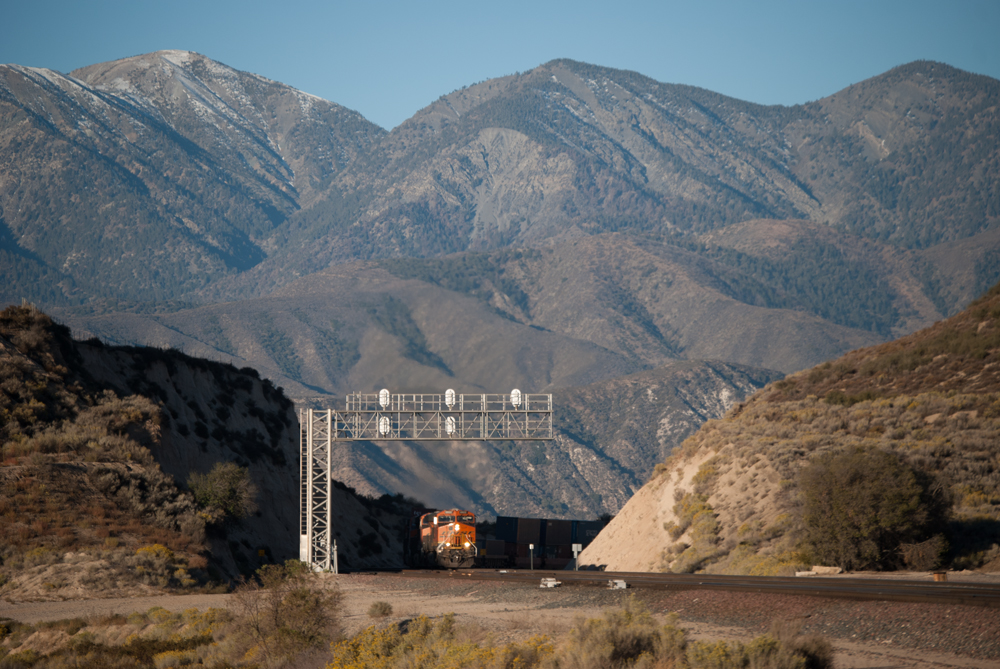
The dynamics of dynamic braking A half-century ago, when diesel locomotives were replacing steam engines, a revolutionary breakthrough — dynamic braking — was making freight operations safer and more efficient. Dynamic braking is the method of train braking whereby the kinetic energy of a moving train is used to generate electric current at the locomotive […]
Read More…
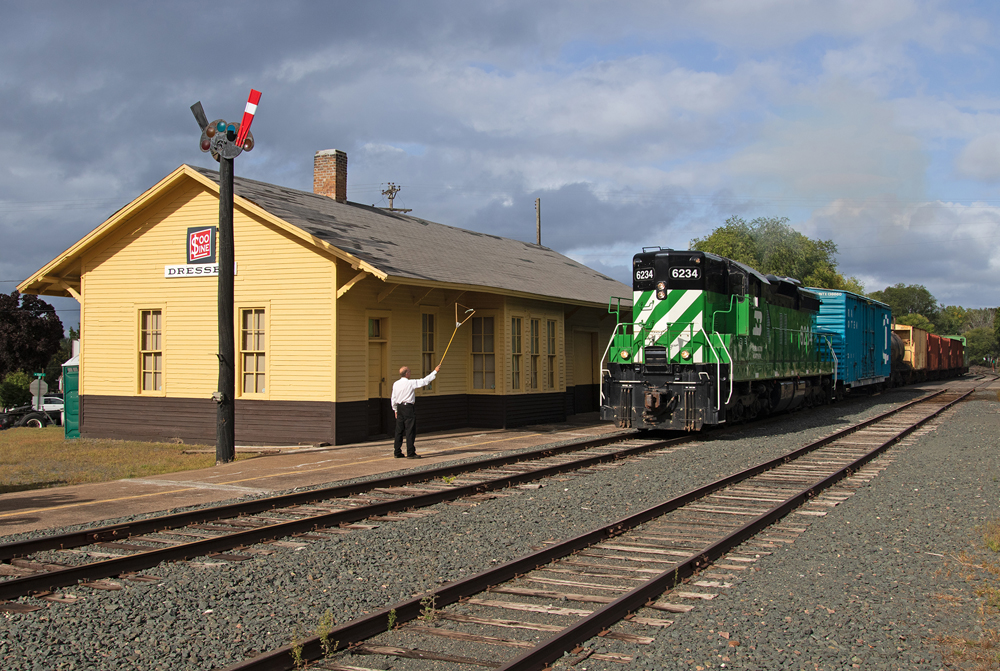
Train orders The train order, variously called the “flimsy” or the “tissue” — together with its attendant operators, train order offices, and order hoops — has been rendered obsolete by the radio, the computer, and amended work rules. With its passing in the late 1980s, so did a whole concept of railroad traffic control that […]
Read More…
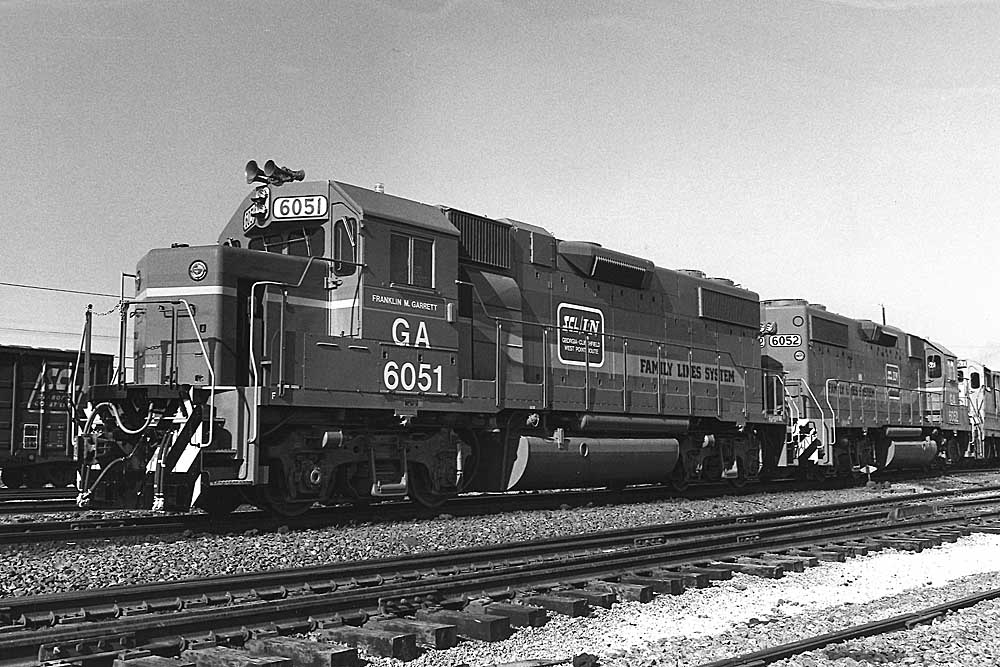
Railroad reporting marks Railroad cars are identified by two, three, or four letters and by a number of up to six digits. The letters, known as reporting marks, indicate the owner of the car, while the number places it in the owner’s fleet. Reporting marks ending in X indicate ownership by a private concern as […]
Read More…
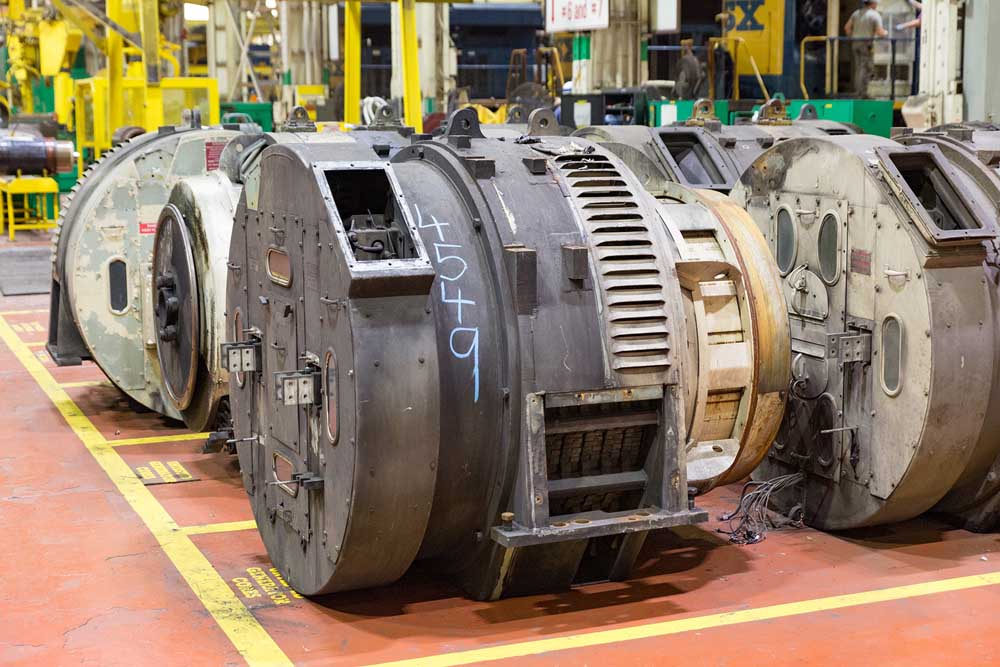
An EMD AR20 alternator from CSX SD70MAC 4549 at the railroad’s Huntington, W.Va., shop. Chris Guss Understanding brake horsepower: Diesel engines, like all engines, are built to perform a specific function. In a locomotive, that role is to provide power to move freight cars from one place to another. When buying locomotives, one thing management […]
Read More…
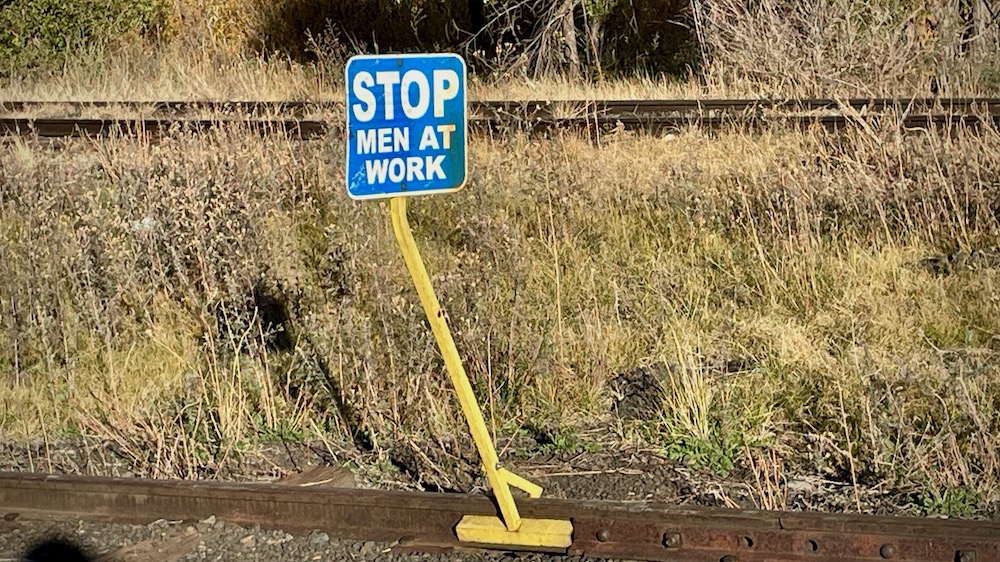
We’ve all seen blue flags. A sign with words “STOP MEN AT WORK” clamped to the head of a rail, or hanging from the side of a locomotive. It was placed there by a railroader working in the area, and the rules of its use are strict and unbending. A blue flag, is defined by […]
Read More…
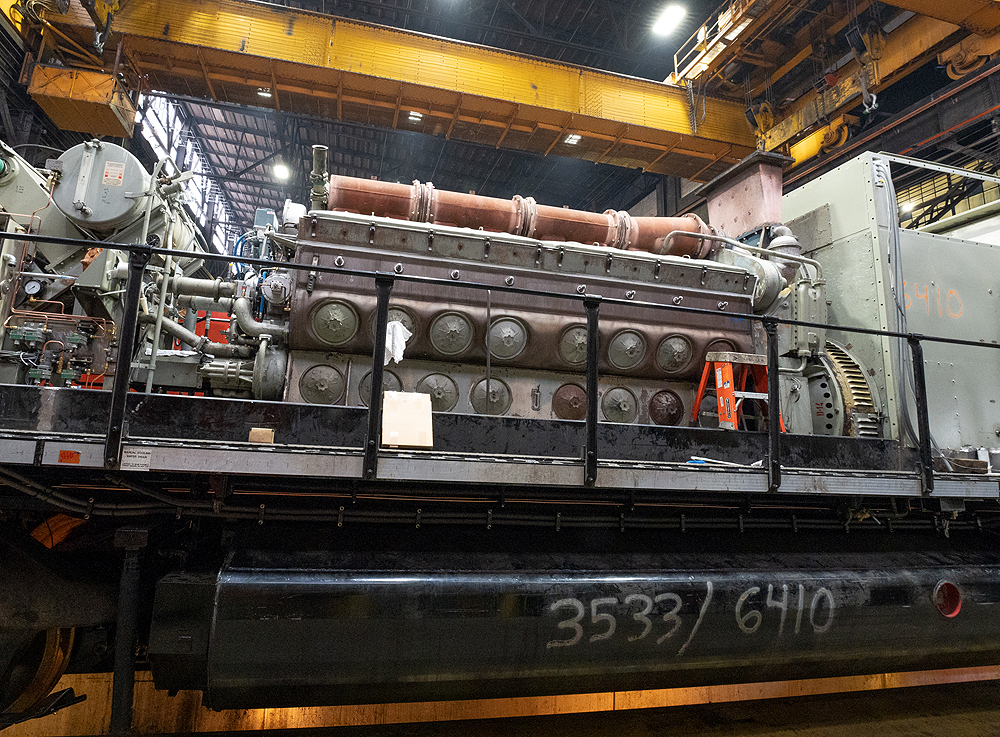
Locomotive prime movers are the engines inside all diesel-electric locomotives and are the heart of the entire locomotive. Prime movers provide enough power to pull both the locomotive and any freight cars attached to it, while also producing enough extra output to support the power needs of the various systems on the locomotive such as […]
Read More…












